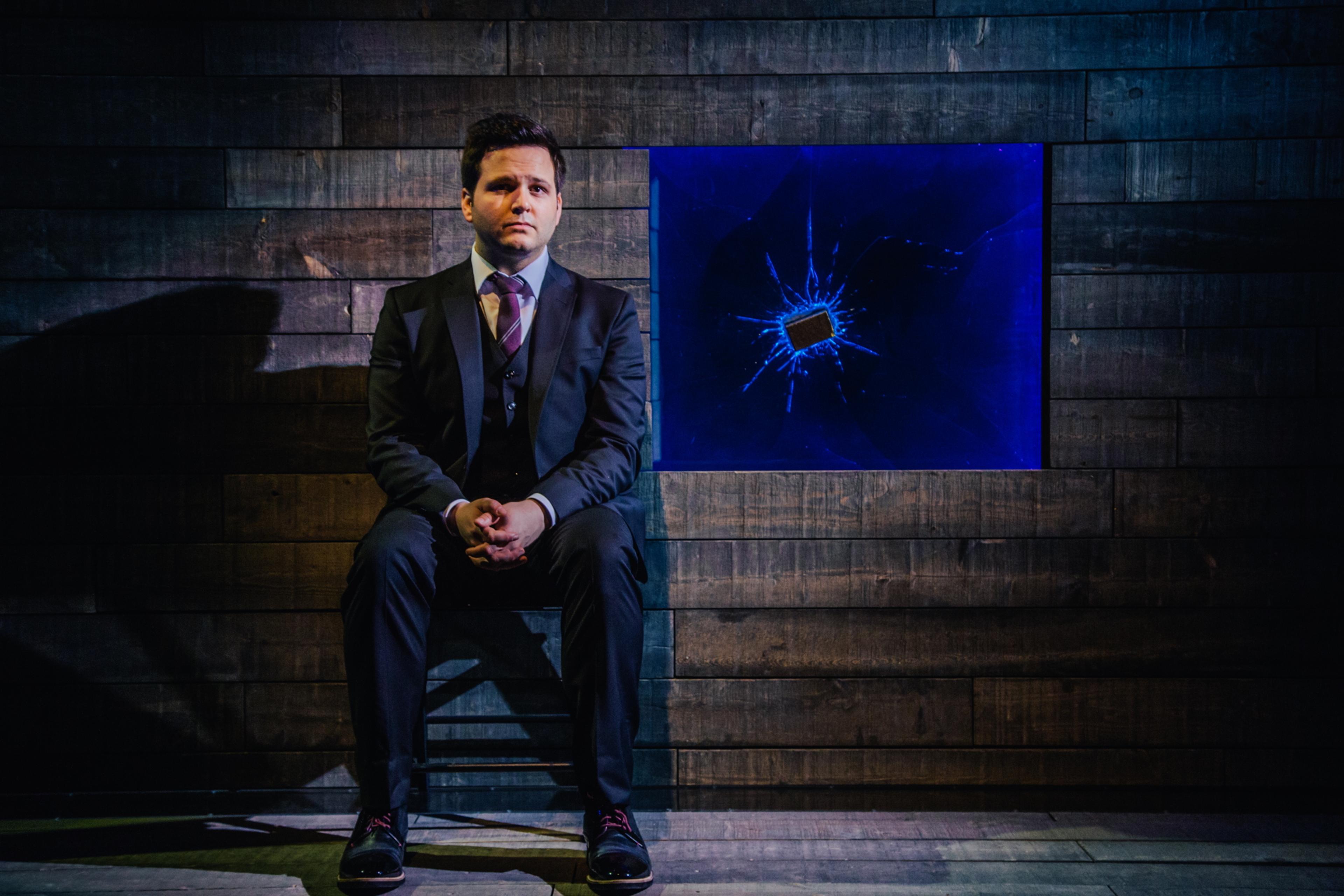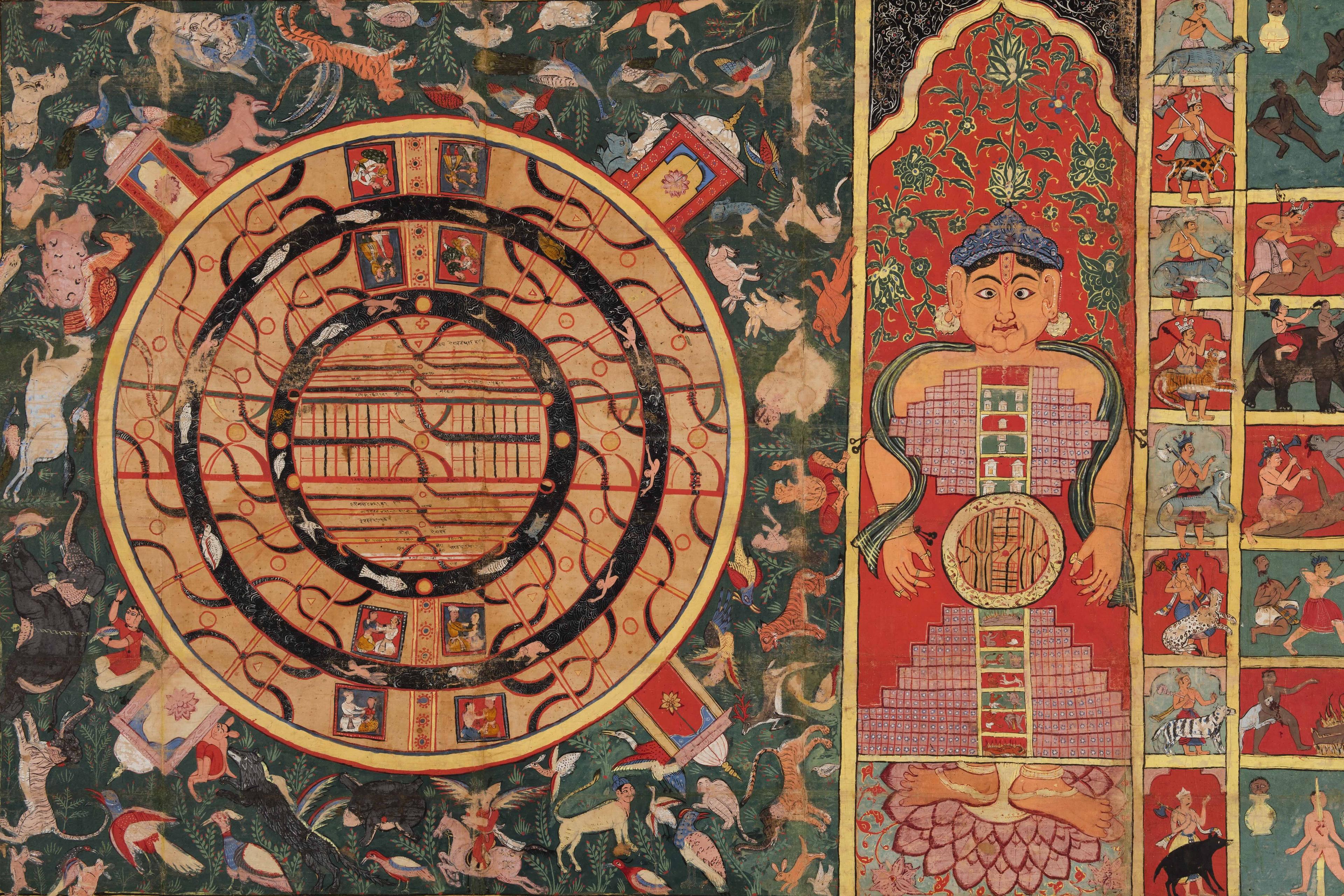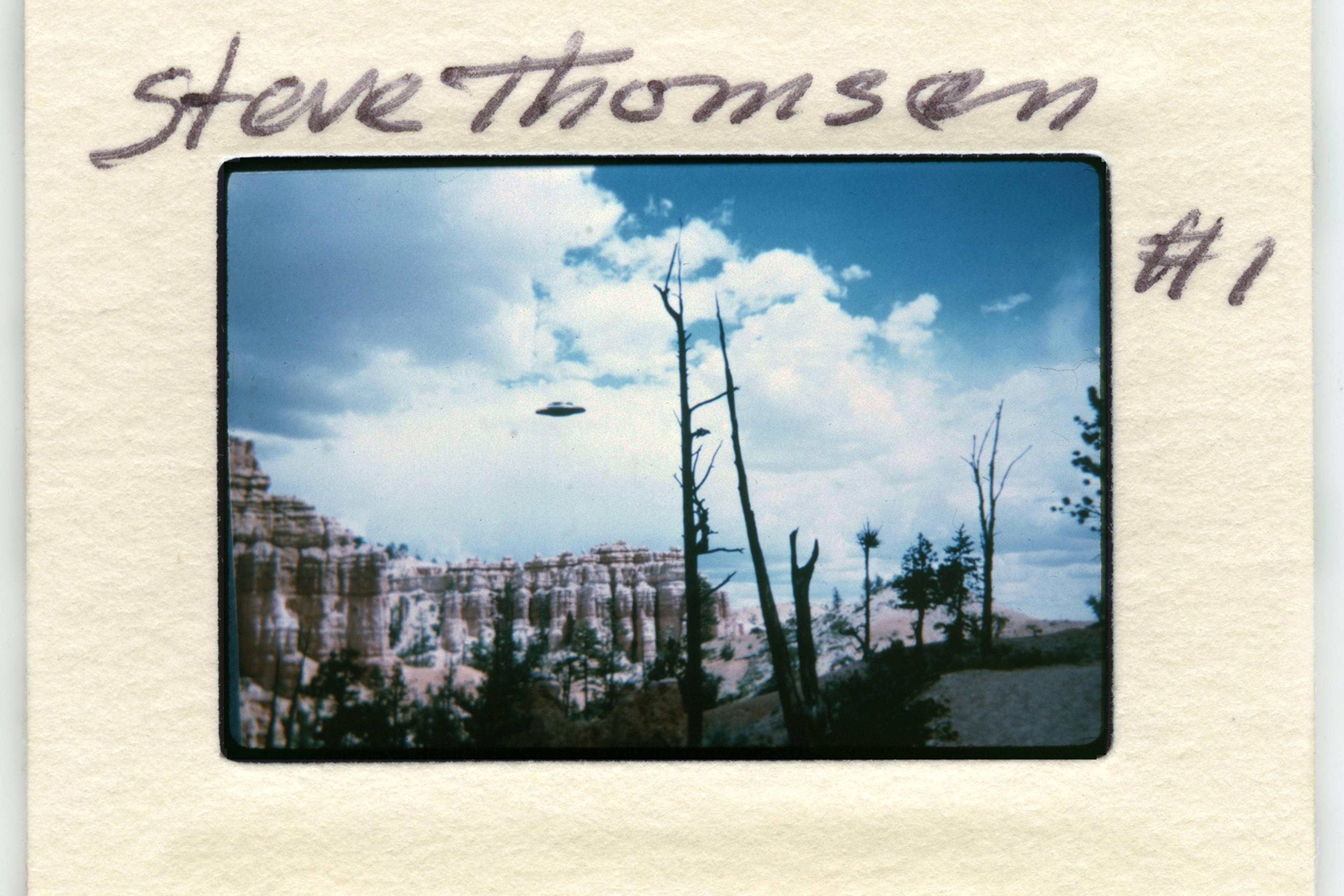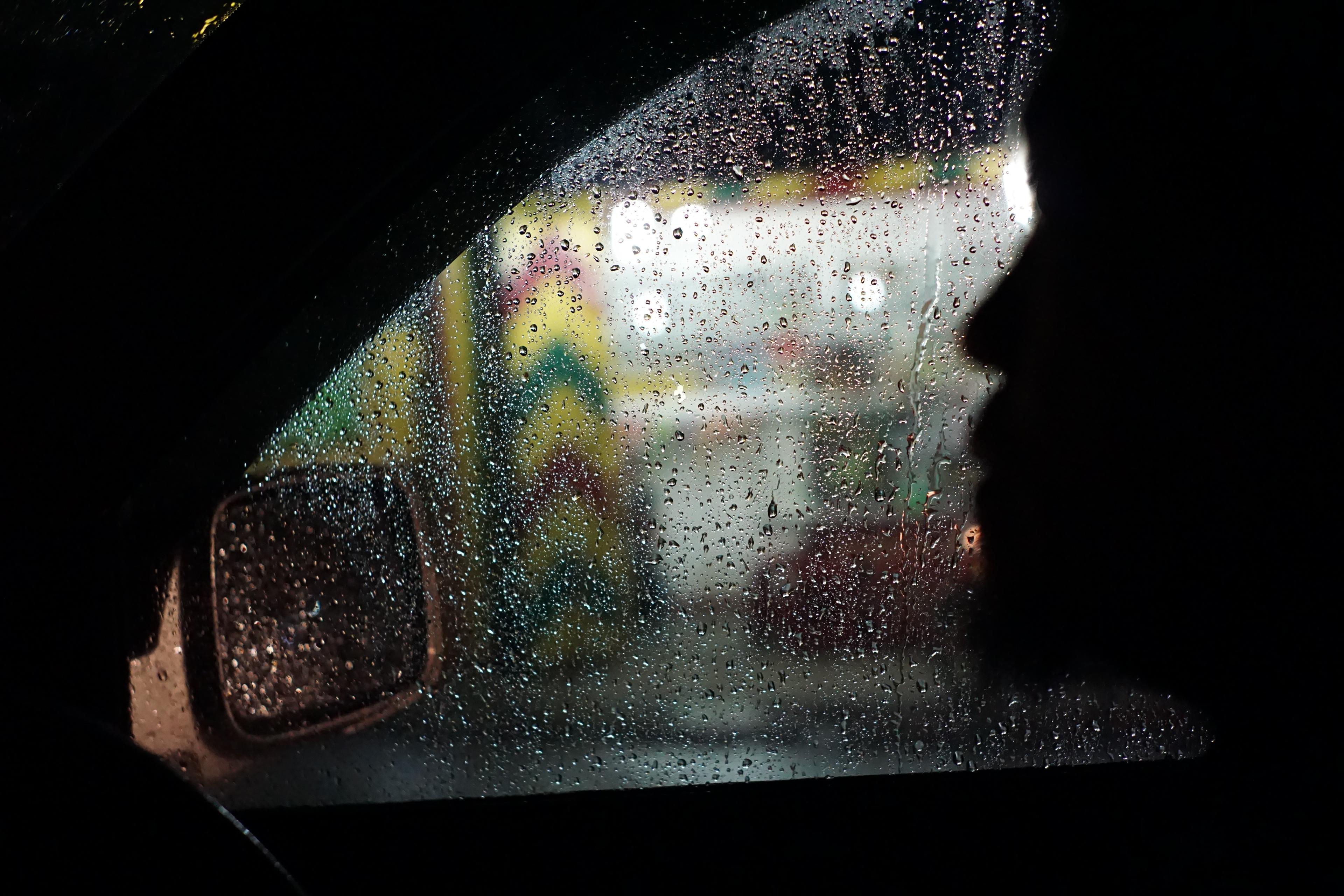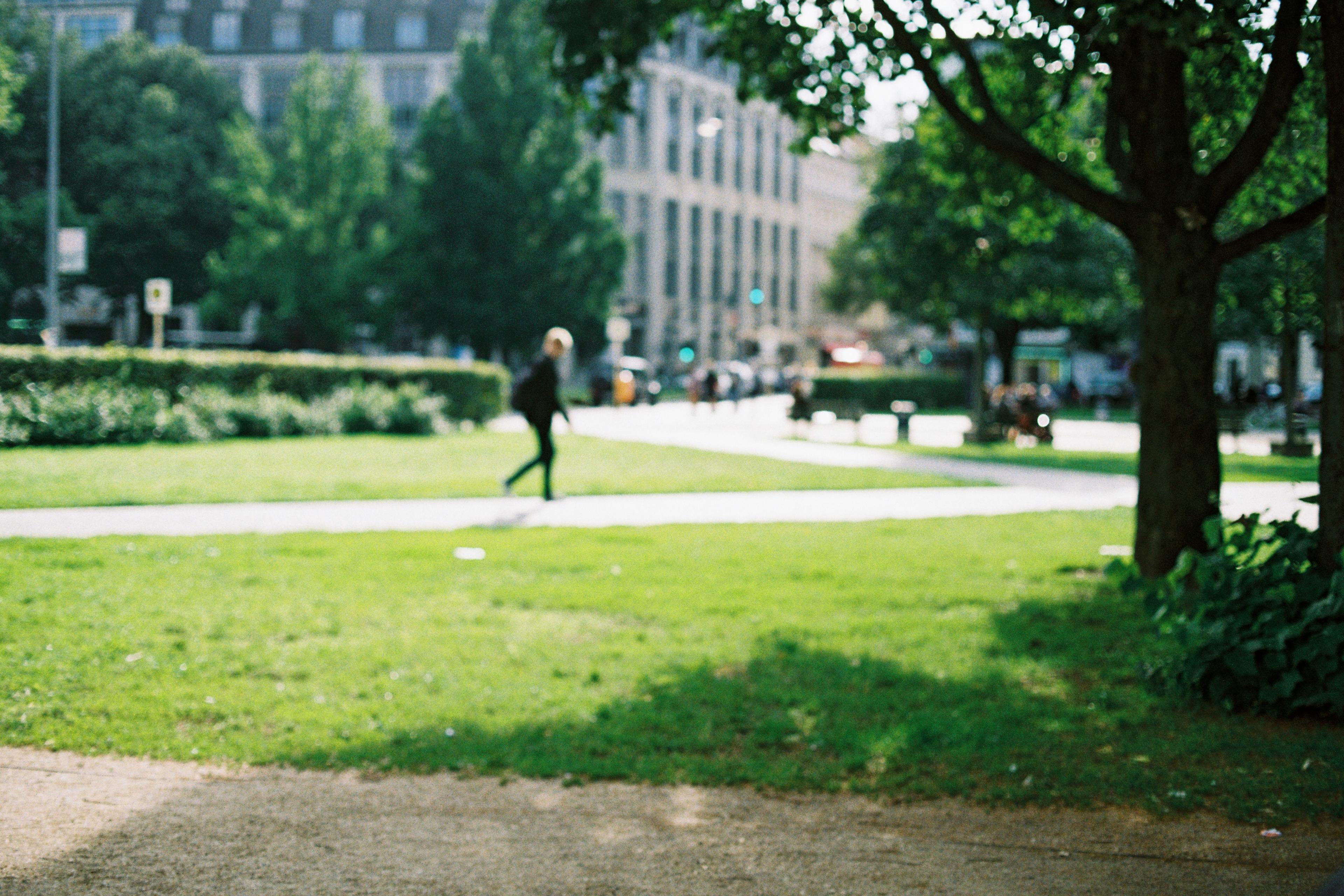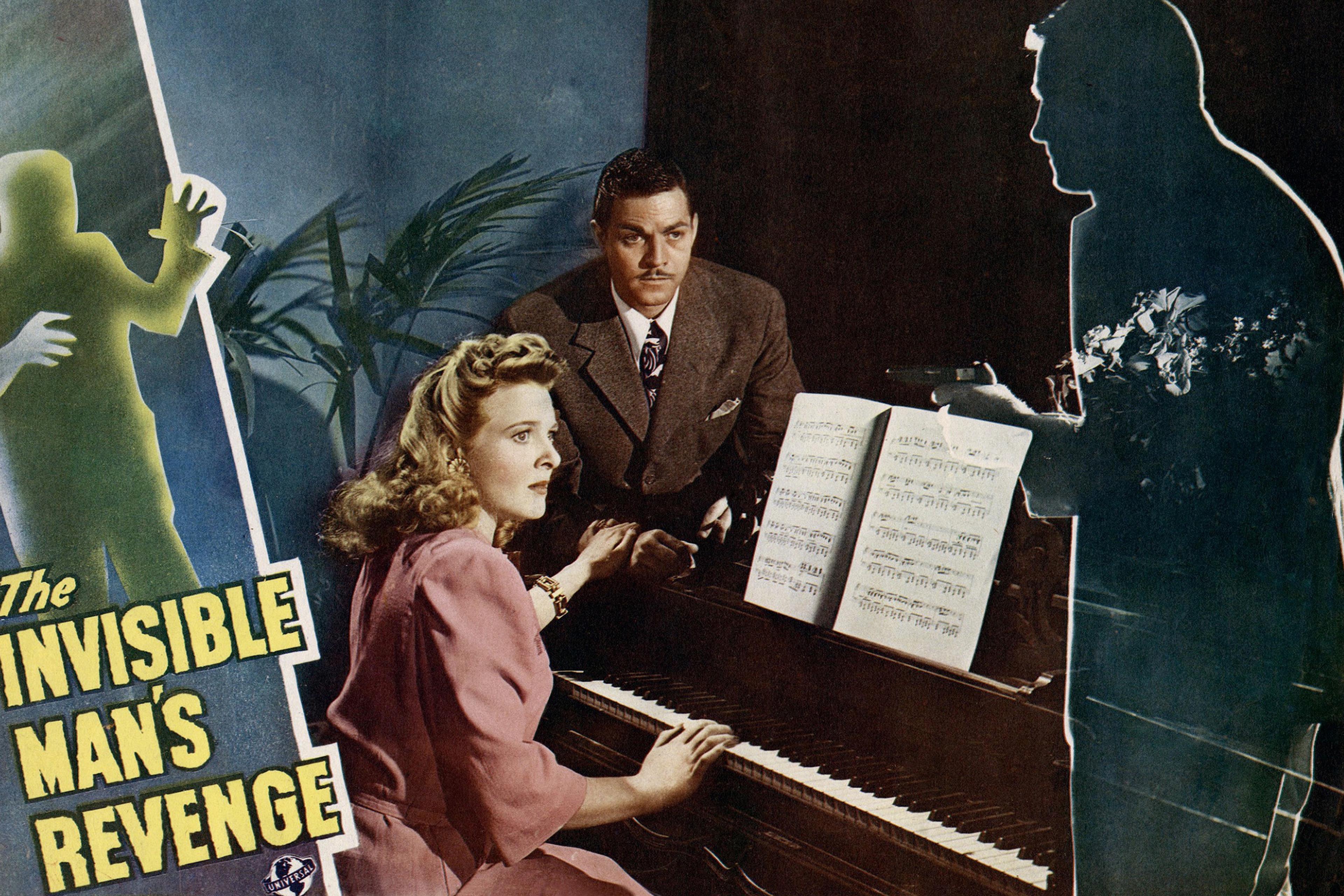Nelson Mandela died in 2013 at his home in Johannesburg surrounded by family and friends. He was 95 years old. After 10 days of national mourning, a state funeral was held, attended by thousands and broadcast around the world. But, for some people, this was not the only death of South Africa’s former president.
In 2009, the paranormal researcher Fiona Broome wrote on an online forum that she vividly remembered learning about Mandela’s death on television in the 1980s, while he was still in prison. And she wasn’t the only one. In response, Broome called this shared experience the ‘Mandela Effect’. Since then, the phrase has been adopted to describe a swelling catalogue of events that never seemed to have happened. For example, the American clothing company Fruit of the Loom’s logo, which features a gleaming red apple and two bunches of grapes, has never included a cornucopia. Despite this, commentators on the internet swear they have memories of seeing the logo containing a brown wicker horn, regardless of all the evidence to the contrary. Other people clearly remember a 1990s comedy entitled Shazaam featuring the American comic Sinbad as a genie, though the film itself doesn’t exist. There are also those who claim the Monopoly Man once had a monocle (he didn’t), that the children’s book series The Berenstain Bears was previously spelled The Berenstein Bears (it wasn’t), or that in The Silence of the Lambs (1991) Hannibal Lecter says ‘Hello, Clarice’ (he doesn’t).
According to researchers, these ‘false memories’ appear when a lack of information causes the brain to fill in the blanks. Human memory, as the psychologist Elizabeth Loftus has shown, appears to be incredibly malleable. But, for Broome and many others, the Mandela Effect is more about the fallibility of consensual reality than the fallibility of human memories. The effect shows how reality can shift.
In response to such possibilities, an emerging online culture has begun to believe that such shifts are not only real – they can also be harnessed. With the right techniques, practitioners claim, you can slip out of your current reality and enter a more desirable universe.
Undoubtedly, there are prosaic explanations for the Mandela Effect, but that hasn’t stopped the development of a vibrant online culture of metaphysical cosmonauts dedicated to something called ‘reality shifting’. According to a 2021 research paper in Current Psychology, this practice emerged online during the COVID-19 pandemic, mostly among Gen Z and millennials on social platforms such as Reddit, TikTok or Discord. In their paper, a team of psychologists led by Eli Somer at the University of Haifa compared reality shifting to related phenomena such as ‘hypnosis, tulpamancy, dissociation, immersive and maladaptive daydreaming, and lucid dreaming’. Like those other altered states, reality shifting appears to draw from a history of visualisation techniques and esoteric practices, as well as certain forms of meditation and manifestation. Somer and colleagues describe it as ‘the experience of being able to transcend one’s physical confines and visit alternate, mostly fictional, universes’. And the online communities that claim to practise this kind of ‘shifting’ are not small. Each week, tens of thousands of people visit the subreddits related to the practice. On other social platforms, shared clips of experiences and approaches appear to have been viewed billions of times.
For reality-shifters, something like the Mandela Effect is evidence for a variety of audacious claims. This includes the notion that we exist in a higher-order computer simulation of some sort and that these anomalous memories are ‘glitches’ in the software, or the idea that an individual’s reality is only a single example of an infinite variety from which we all shift in and out, in a continual state of flux. Most of these shifts are subtle, from universes barely different from the one we were just in (there are no accounts of people claiming to remember JFK finishing a second term, for example). But among enthusiasts there is the faith that some of us have come from a reality just slightly perpendicular to this one, where Sinbad starred in Shazaam.
Not only is there no scientific evidence for reality shifting, but there never can be
Enthusiasts seem to believe that reality continually branches into a variety of similar yet distinct universes. This is an argument that roughly aligns with the physicist Hugh Everett’s controversial Many-Worlds interpretation of quantum mechanics – a multiverse theory that suggests all quantum outcomes are real and form different ‘worlds’ or parallel dimensions. Reality-shifters believe that, by deploying certain techniques, they can shift from dimension to dimension. On some internet message boards such as Reddit, people even claim to have permanently transitioned from their ‘home’ reality. Central to the reality-shifters’ belief is the idea that it is their individual consciousness (rather than material body) that has flickered into a novel dimension. The 2021 study describes how the ‘experience of shifting is reportedly facilitated by specific induction methods involving relaxation, concentration of attention, and autosuggestion.’ Such strategies are meant to facilitate the shift into a ‘desired reality’, with initiates attracted to ‘mostly fictional’ universes – worlds described by fantasy authors. In a more recent study, Emma St Lawrence, a media anthropologist at the University of Colorado Boulder, writes that reality shifters are ‘united by their belief that the promises of the multiverse are not restricted to the annals of fiction but tangible realities to be explored.’ The Harry Potter franchise, for example, is particularly popular as inspiration for a ‘reality’ to shift into.
The psychologist Mark Travers mentions potential benefits to the fantastical thinking surrounding reality shifting, including ‘creative expression, relaxation and access to fascinating inner worlds.’ But he warns, too, that relying overly ‘on alternate realities to cope with stress or discomfort can also impede the development of psychological resilience and adaptive coping skills.’ Other critics of reality shifting have convincingly noted that much of what’s described by practitioners appears to be lucid dreaming, imagination or even fiction writing.
Though reality shifting may feel very real to those who practise it, there is no scientific evidence confirming the phenomenon exists. ‘Is it ever possible, on any scale, to perhaps flip between different universes?’ asks the theoretical physicist Michio Kaku, reflecting on déjà vu and quantum physics. Though Kaku acknowledges that parallel universes may surround us, he insists that we can’t enter them, simply because we are decoupled from other realities. ‘We’re no longer vibrating in unison with them,’ he says. ‘Sorry about that.’
In fact, not only is there no scientific evidence for reality shifting, but there never can be. By definition, reality shifting is unscientific because it’s not falsifiable. The practice leaves no material evidence and so there is no way of disproving that someone has shifted realities. Unlike forms of mindfulness and meditation, which have been rigorously studied by scientists in recent decades, reality shifting needs to be judged by a different standard. In some ways, reality shifting bears more similarity to Carl Jung’s practice of ‘active imagination’, the imaginative techniques of the Dadaists and surrealists, or even certain ‘magical’ practices that involve training the imagination and will. As a practice, such ‘magic’ bears little similarity to either the illusions of professional performers or the common trope of the wizard with supernatural powers. Consider divinatory techniques such as tarot cards or the hexagrams of the I Ching, which both require forms of imaginative interpretation and have their own power to ‘shift’ reality. From this perspective, perhaps reality shifting isn’t so unique? Instead, I think it shows just how unusual our varied imaginative phenomena really are.
Yes, it is easy to disregard reality shifting as nothing more than a shared delusion emerging on social platforms. But if we put aside the question of whether reality shifting describes a ‘literal’ phenomenon, what can we learn from it? Could we isolate something valuable about the belief and practice?
In How to Think Impossibly (2024), the philosopher Jeffrey J Kripal argues that ‘we need a new theory of the imagination.’ For Kripal, this new theory may involve magical thinking. ‘Reality is often magical,’ he writes. ‘Mental states and physical events can be split off an original fundamental but mysterious unit and still resonate, still correspond.’ For Kripal, this way of thinking isn’t a lesser-than-science variety of knowledge, but simply a different way of knowing. Reality shifting, as a form of magical thinking, serves as a potent reminder to how strange existence itself is. Judging shifters by whether their experiences are truly trans-dimensional assumes, falsely, that everyday experience is prosaic – that is, merely ‘ordinary’.
Marks on a page of a novel can generate entire universes out of nothingness
As Ludwig Wittgenstein remarked in the Tractatus (1921), the mystical lies not in how the world is but in that it is. Likewise, Martin Heidegger made ‘the question of being’ the fundamental problem of metaphysics. People who report shifts into other realities are not making a scientific claim so much as staging an encounter with this basic oddity: the strangeness of there being anything at all. By exhibiting the world’s strangeness, the practice of attempting to shift reality can make everyday life unfamiliar to us again. The critical neologism that I’d use to describe such practices is that they all produce a kind of ‘metaphysical defamiliarisation’.
Even reading a novel isn’t so different, whereby marks on a page can generate entire universes out of nothingness, conjuring realities in which imagined characters and settings can seem tangible to us. But, unlike reality shifting, reading novels is an aspect of human life with which we’re all already familiar. It’s so mundane, in fact, that the wondrousness of it often escapes us.
Magical practices that teach us to train our imaginations – whether they involve incantation, visualisation, conjuration, meditation or fictional worlds – have always been a potent method for reintroducing us to the marvellous unlikeliness of existence. Reality shifting is a strategy to do the exact same.

